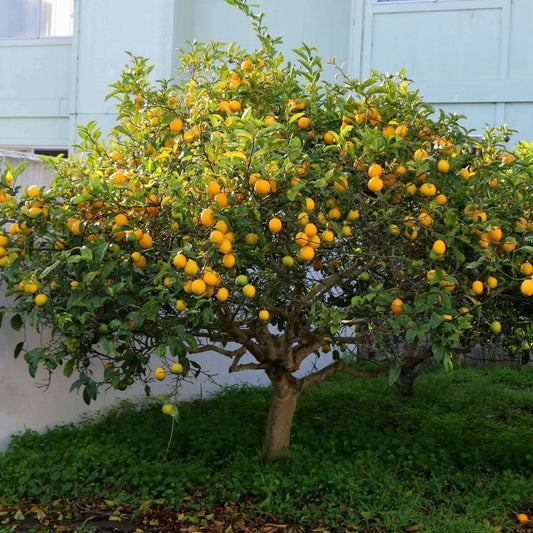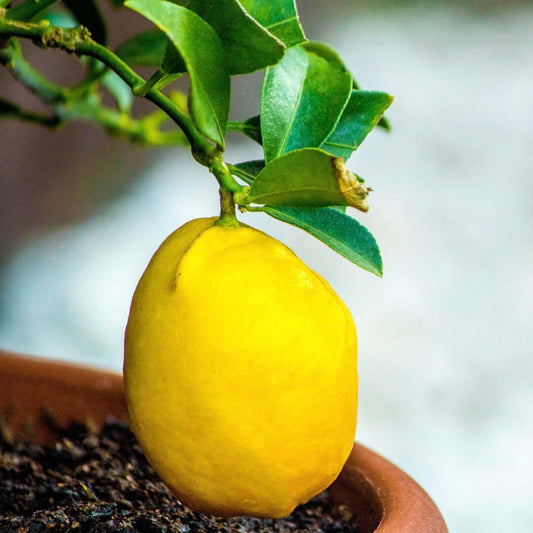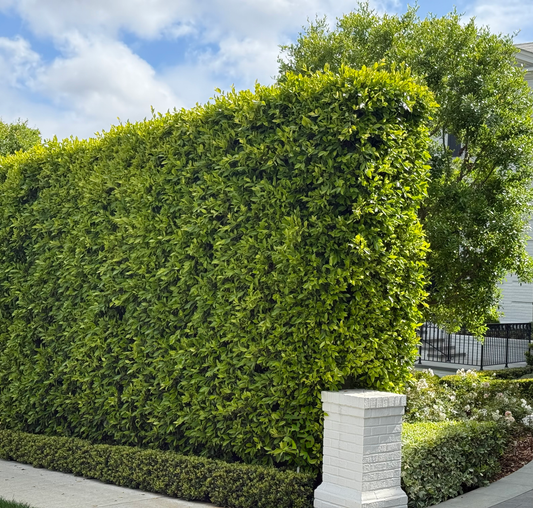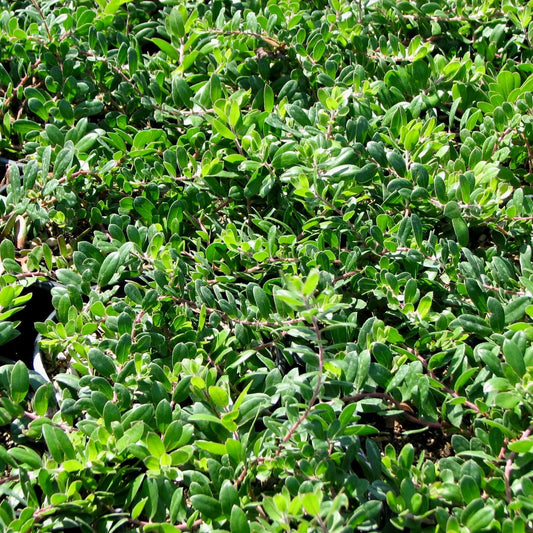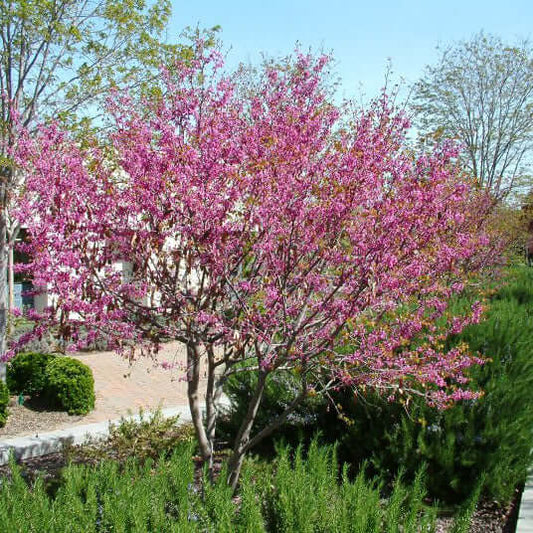
Fall Is THE Planting Season: Why Autumn Is Best for Trees and Shrubs
Ana D'OliveiraCut the guesswork: if you want stronger roots and easier establishment, plant in fall.
When it comes to planting trees and shrubs, timing is everything. While many homeowners rush to nurseries in spring, pros know the truth: fall is the prime planting season for most trees and shrubs. That’s not folklore—it’s plant biology and environmental science.
Warm soil + cool air + steadier rainfall = ideal root development before winter dormancy. By spring, fall-planted trees and shrubs are already established and ready to take off.
In this guide: why fall wins, which plants to choose, exact planting steps, seasonal care, and recommended products to set you up for success.

Why Fall Is Ideal for Planting
Soil & Weather Favor Root Growth
By autumn, soils hold summer warmth while air temps cool. Roots keep growing in soil above ~40°F, often into late fall and early winter.
Less Heat & Drought Stress
Moderate temps reduce transpiration and stress, so plants can focus on root establishment instead of survival.
Aligned With Dormancy & Spring Push
Plants reallocate nutrients to roots in fall, rest in winter, then surge in spring with a stronger underground network.
Usually Better Moisture Than Spring
Fall often brings steadier rainfall and slower evaporation, lowering your watering burden compared with a quick spring-to-summer heat transition.

Types of Trees & Shrubs Best Planted in Fall
Deciduous vs. Evergreen
- Deciduous (e.g., oak, maple, birch, dogwood, redbud): reliably great in fall.
- Evergreen (e.g., pine, spruce, fir, holly, rhododendron): plant early to mid-fall so roots establish before winter winds.
Fruit Trees (Climate-Aware)
- Meyer Lemon (best in mild, frost-light climates; containers are flexible).
- Fuerte Avocado (benefits from fall rooting ahead of summer heat in suitable zones).
Reality check: In colder regions, citrus/avocado prefer spring. In mild coastal or frost-light areas, fall planting can work—protect young plants from cold snaps.
Native & Waterwise Shrubs
- Emerald Carpet Manzanita — superb groundcover and erosion control.
- California Lilac (Ceanothus) — pollinator-friendly, drought-tolerant.
- Toyon — resilient, wildlife-supporting native.
Privacy & Shade Trees
- Indian Laurel (Ficus) — fast privacy hedges in suitable climates.
- Crape Myrtle — fall planting sets up vibrant summer blooms.
- Japanese Maple — establish now for a graceful spring flush.
Step-by-Step Guide to Fall Planting
-
Choose Location & Prep Soil
- Test soil pH and nutrients.
- Amend heavy clay with organic matter for better drainage.
-
Dig the Right Hole & Address Roots
- Dig 2–3× wider than the root ball, no deeper.
- Loosen or slice circling roots to prevent girdling.
-
Add Organic Amendments
- Incorporate composted mulch (e.g., Gromulch) to boost structure and biology.
-
Set Plant Correctly
- Place the root flare slightly above finished grade.
- Build a watering berm to direct water into the root zone.
-
Water & Mulch
- Water deeply to settle soil and remove air pockets.
- Apply 2–4″ mulch (keep it off the trunk/stem).
 Care Tips Through Fall & Winter
Care Tips Through Fall & Winter
- Watering: Check soil every 2–3 days initially; water deeply if dry.
- Mulching: Insulates roots and reduces temperature swings.
- Frost Protection: Use frost cloth or burlap on cold nights; water before a freeze.
- Pruning: Skip heavy pruning post-planting; do only light, selective shaping.
Common Questions About Fall Planting
▶ Can all trees be planted in fall?
▶ How soon will fruit trees bear?
▶ Is fall really better than spring?
▶ How do I protect from cold snaps?
▶ How do I improve soil?
Conclusion
Fall is the planting season. You get real advantages—cooler air, warmer soil, fewer pests, steadier moisture—so roots establish faster and plants hit spring already ahead. Use sound planting technique, organic amendments, and basic protection, and your landscape will show it.

